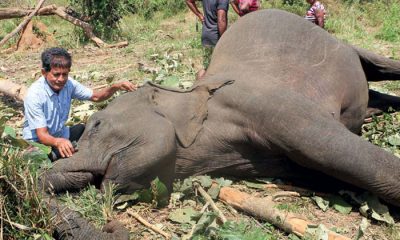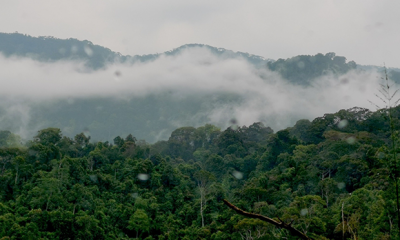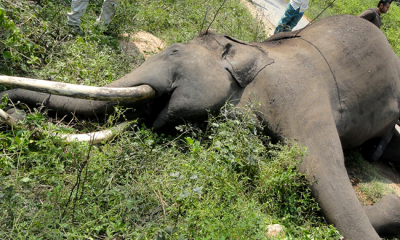News
More than half of elephant deaths cold blooded killings

By Ifham Nizam
More than half of the elephants that lost their lives in the country were killed for the sake of killing them, said Environmental Scientist Hemantha Withanage, adding that they were killed like rats.
Speaking at a stakeholder meeting at the Hector Kobekaduwa Research Centre in Colombo yesterday to submit “A Proposal to Mitigate Human-Elephant Conflict in Sri Lanka”, Withanage said that the sole aim of the proposals should be to protect the elephants while making sure no injustice was caused to the farmers.
He said that introducing farmers’ insurance schemes would be of paramount importance while also promoting sustainable agriculture.
Withanage strongly criticised people with political connections being the biggest problem for the Department of Wildlife, in controlling illegal activities in the elephant corridors.
While pointing out that more than 400 elephant deaths take place annually, he said a tragic incident took place in 2019, where seven elephants belonging to the same herd were found dead at Hiriwadunna reserve in Habarana which drew immediate attention of the public.
Legal action was initiated to investigate the incident and advocate for justice. As per the request by the Court of Appeal, the Centre for Environmental Justice (CEJ) conducted a rigorous public consultation process with the aim of finding solutions to Mitigate human-elephant conflict.
In 2022, there were 443 elephant and 145 human deaths due to the increasing conflict between humans and elephants in Sri Lanka.
Almost 90% of elephant deaths are caused by human activities. Asian elephant (Elephas maximus maximus) is classified as an endangered species in the International Union for Conservation of Nature’s (IUCN’s) Red Data Book in 2021. Due to the estimated 50% decrease in Asian elephant population over the last three generations and the rapid reduction in the extent of their habitat, Asian elephants have drawn the attention of conservationists from all over the world.
The current distribution of elephants in Sri Lanka is mainly in the dry zone, which comprises 60% of the island, and very limited in the wet zone (Sinharaja Biosphere Reserve and Adam’s Peak Sanctuary).
Majority of the protected areas in the country are situated in the dry zone, however, elephant home range extends beyond the national parks.
Based on the results of an elephant census carried out in 2011, Sri Lanka is home to about 5,787 elephants. An accurate and reliable data is not available after 2011.
News
IMF pledges additional aid to Lanka following Cyclone Ditwah destruction

The International Monetary Fund (IMF), on Thursday, signalled strong solidarity with Sri Lanka in the wake of Cyclone Ditwah, confirming that it is actively exploring options to provide further support for recovery and resilience beyond the existing Extended Fund Facility (EFF).
Julie Kozack, Director of the IMF’s Communications Department, opened her remarks with heartfelt condolences:
“Our deepest sympathies go out to the people of Sri Lanka for the effects of the devastating cyclone. Our hearts mourn the loss of life that has taken place,” she said, extending condolences to other Asian nations also grappling with severe flooding, including Indonesia, Malaysia, Thailand, and Vietnam.
On Sri Lanka, Kozack emphasised that the IMF is closely engaging with authorities, development partners, and counterparts to assess the humanitarian, social, and economic toll of the disaster.
“Large parts of Sri Lanka have been affected by floods, and we expect economic activity to be adversely impacted, in addition to the significant human toll,” she noted.
The IMF is awaiting the completion of a rapid post-disaster damage assessment, led by Sri Lankan authorities, in collaboration with international partners, to better gauge the economic impact.
“We are continuing to support Sri Lanka’s recovery, reform, and resilience under the EFF arrangement. Our staff is looking into options to further support Sri Lanka in the recovery process,” Kozack confirmed.
She reiterated that the Board meeting, scheduled for 15 December, remains on track, following the staff-level agreement on the fifth review reached in October—prior to the cyclone.
“We will provide additional details as the assessment of economic needs and damages moves forward, and as we have more information to inform our thinking around the options,” she added.
News
Marrikkar Mohamed Thahir takes oath as SJB National List MP
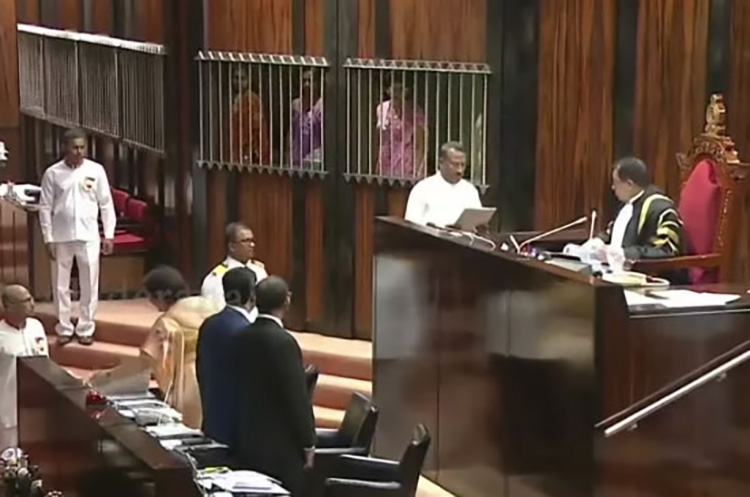
Naina Thambi Marikkar Mohamed Thahir was sworn in as a Samagi Jana Balawegaya (SJB) National List Member of Parliament before Speaker Dr. Jagath Wickramaratne yesterday (05).
His appointment follows the resignation of SJB Parliamentarian Muhammathu Ismail Muththu Mohamed, who stepped down from his position on 28 November.
The SJB subsequently nominated Thahir to fill the resulting vacancy.
Accordingly, the Election Commission issued a Gazette Extraordinary declaring Naina Thambi Marikkar Mohamed Thahir a Member of Parliament, in terms of Section 64(5) of the Parliamentary Elections Act, No. 1 of 1981, as amended by Section 6 of the Elections (Special Provisions) Act, No. 35 of 1988.
With the issuance of the gazette, and the subsequent swearing-in, Thahir has officially assumed duties as a National List MP, representing the SJB.
News
Govt. to roll out loan facilities for new entrepreneurs from next month

A joint programme by the Ministry of Finance and commercial banks to provide loan facilities for new entrepreneurs will be launched in January next year, Minister of Industry and Entrepreneurship Development, Sunil Handunneththi, told Parliament’s Ministerial Consultative Committee on 25 November.
Handunneththi said Rs 80 billion allocated in Budget 2026 for entrepreneurship loans will be channelled through the new scheme to ensure funds are distributed efficiently. A separate programme is scheduled for January to brief MPs on eligible sectors and the overall loan distribution process.
The Minister also announced the launch of a National Database for Industrialists, designed to consolidate information on all industrialists, under one system. Ministry officials told the Committee that promotional campaigns would be rolled out to encourage entrepreneurs to register, enabling easier access to government services.
Committee members also discussed the possibility of extending collateral-free loans to craftsmen registered with the National Crafts Council.
Officials from the National Paper Company Limited reported significant improvements in operations, saying monthly production at the mill had increased from 150–180 metric tons to 400 metric tons after rectifying earlier deficiencies.
Handunneththi further briefed the Committee on a new National Advisory Framework for issuing excavation permits, aimed at replacing the current ad hoc system with a more structured process. The framework is also expected to come into effect in January.
The meeting was attended by Deputy Chairperson of Committees Hemali Weerasekara, Ministers, Deputy Ministers, MPs, and officials from the Ministry of Industry and Entrepreneurship Development.
-
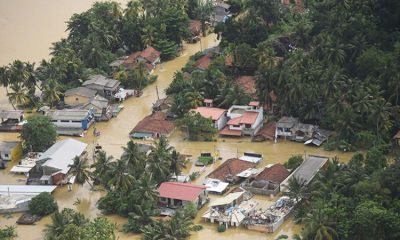
 News6 days ago
News6 days agoWeather disasters: Sri Lanka flooded by policy blunders, weak enforcement and environmental crime – Climate Expert
-
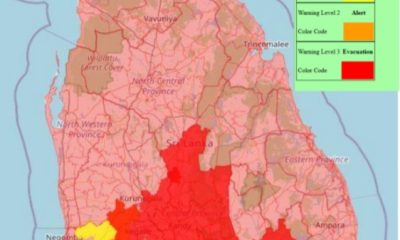
 Latest News6 days ago
Latest News6 days agoLevel I landslide RED warnings issued to the districts of Badulla, Colombo, Gampaha, Kalutara, Kandy, Kegalle, Kurnegala, Natale, Monaragala, Nuwara Eliya and Ratnapura
-
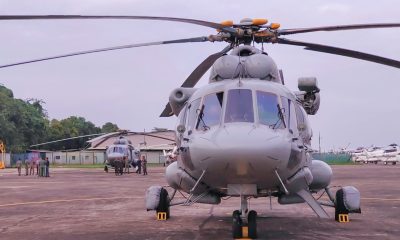
 Latest News7 days ago
Latest News7 days agoINS VIKRANT deploys helicopters for disaster relief operations
-
News3 days ago
Lunuwila tragedy not caused by those videoing Bell 212: SLAF
-

 Latest News7 days ago
Latest News7 days agoDepartment of Irrigation issues Critical flood warning to the Kelani river basin
-
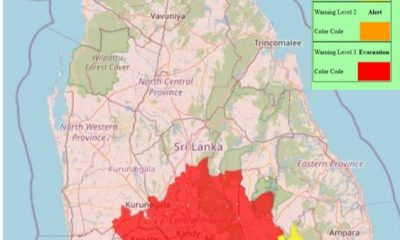
 Latest News4 days ago
Latest News4 days agoLevel III landslide early warnings issued to the districts of Badulla, Kandy, Kegalle, Kurunegala, Matale and Nuwara-Eliya
-
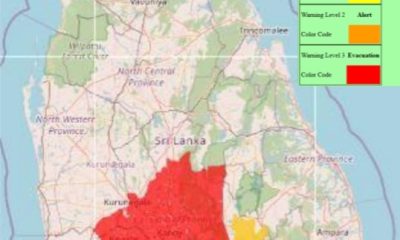
 News2 days ago
News2 days agoLevel III landslide early warning continue to be in force in the districts of Kandy, Kegalle, Kurunegala and Matale
-

 Latest News7 days ago
Latest News7 days agoWarning for Cyclonic storm “Ditwah”




